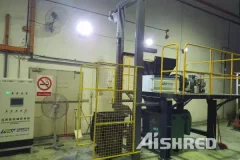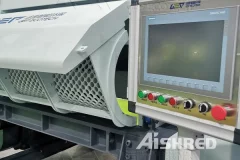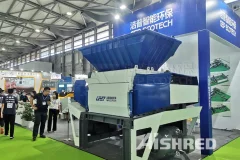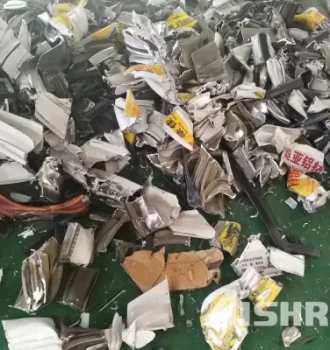
Biomedical Waste Harmless Treatment Methods
2022-06-05Biomedical waste originates from human or animal health care, medical research, medical teaching facilities, laboratories and other facilities. A portion of that waste stream is infectious or potentially infectious and presents a potential hazard to the public health and the environment. Before biomedical waste is recycled or landfilled, it must be treated in a harmless manner, and toxic and infectious materials must be thoroughly sterilized. Generally speaking, the harmless treatment of medical waste includes the following methods:IncinerationThis is a high temperature thermal process employing combustion of the waste under controlled condition for converting them into inert material and gases. Incinerators can be oil fired or electrically powered or a combination thereof. Broadly, three types of incinerators are used for hospital waste : multiple hearth type, rotary kiln and controlled air types. All the types can have primary and secondary combustion chambers to ensure optimal combustion. Incineration has


GSD, New Recycling Shredder Machine for Sale
2022-04-08The GSD series represents a new generation of fine-shredders, very reliable and extremely versatile. The goal is the simple shredding of recyclable materials. The GSD Series gives you the confidence that you never have to face unexpected downtime and that the machine actually does what it was built for: shredding reliably. The machine was developed and built in collaboration with industry partners, as part of a two-year project. All this has led to the construction of a new class of double-rotor shredders that satisfy any processing requirement. In addition to the solid universal cutting system, the indestructible frame and the maintenance-free pusher, the technical highlights of this product are also the propulsion system resistant to very heavy loads and the safety coupling. Unlike traditional machines, the GSD series has no protrusion as the planetary gear is integrated into the rotor. All this significantly reduces the risk of heavy repairs. Another technical feature is the multifunctional flap. It



